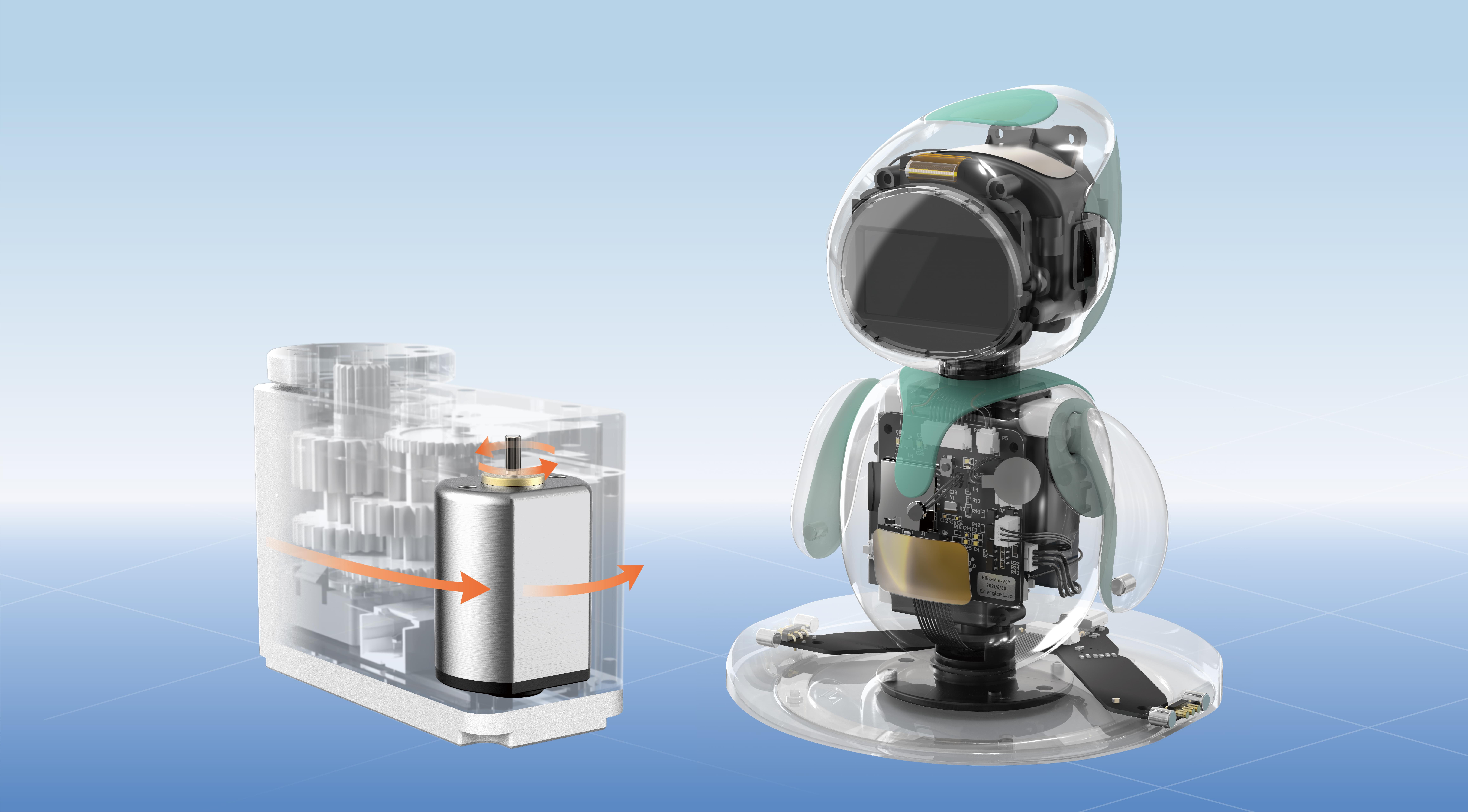Imagine a world where you don't have to juggle multiple remotes just to watch your favorite show. No more hunting for the right one buried under couch cushions or fumbling through a cluttered drawer. Enter the universal remote control—a sleek, powerful device designed to simplify your entertainment setup and bring harmony to your living room.

The concept of a universal remote isn't new, but its evolution has been nothing short of revolutionary. Today’s models can manage not just your TV, but also your DVD player, sound system, streaming devices, and even smart home gadgets. The common goal? Making your entertainment experience smoother, more intuitive, and ultimately more enjoyable.
Why Choose a Universal Remote?
A good universal remote is more than just a gadget; it's a portal to convenience. Think about the myriad remote controls that clutter your space: each with its own set of buttons, functions, and quirks. A universal remote consolidates all those controls into one elegant unit, reducing clutter and confusion.
But beyond the physical benefits, a universal remote enhances your control over your entertainment environment. With one device, you can switch from Netflix to cable TV, adjust the sound volume, or power off everything with a single press. It’s an all-in-one command center that brings order to chaos.
How to Choose the Right Universal Remote
Before diving into setup, choosing the right remote for your needs is key. Consider these factors:
Compatibility: Make sure the remote supports all your devices. Most universal remotes specify the brands and models they work with. Features: Do you need backlit buttons for nighttime use? Voice control? Macros to perform multiple actions at once? Think about what features are important. Ease of Use: Some remotes are more user-friendly than others. If you're not tech-savvy, look for models with simple programming procedures and clear instructions. Price: Universal remotes range from budget-friendly options to high-end models with advanced functionalities. Set a budget that aligns with your needs.
Setting Up Your Universal Remote: A Step-by-Step Guide
Once you've selected your device, the next step is setup. While specific procedures can vary by model, the general process remains similar. Here’s a typical walkthrough:
Insert Batteries – Start by installing fresh batteries. This seems obvious but overlooked sometimes! Turn on Your Device – Manually turn on the TV or other device you plan to control. Enter Programming Mode – Most universal remotes have a 'Setup' or 'Program' button. Press and hold it until an indicator light illuminates. Select Your Device Type – Often, the remote prompts you to choose the device you're programming (TV, DVD, Blu-ray, etc.). Press the corresponding button. Input Device Code – This is the critical step. You'll need a code that corresponds to your device model. Codes can be found in the remote’s manual, on the manufacturer’s website, or via auto-search features. Test the Control – Point the remote at your device and press power or volume buttons. If it responds, you’ve successfully programmed it! Repeat for Other Devices – If controlling multiple devices, repeat the process for each.
Using Manufacturer Codes and Auto-Search Features
Many universal remotes come with a preloaded library of codes. These are grouped by brand and device type, making manual programming more straightforward. For newer remotes, an auto-search feature scans through all possible codes until it finds one that works.
Here’s how auto-search typically works:
Power on your device. Put the remote into auto-search mode, usually by pressing a combination of buttons. Press 'Start' or similar to begin scanning. When the device responds (e.g., turns off), press the button to store that code. Test other functions to ensure full control. If something doesn’t work, repeat the process.
Making Programming Easier: Tips & Tricks
Keep the device manual handy. Many codes are listed there. Take your time; some remotes require precise timing during setup. Use the remote’s user guide or online tutorials for device-specific instructions. If a code doesn't work, try the next one listed in the library, or use the auto-search method.
Common Challenges and How to Overcome Them
Even with the best intentions, programming a universal remote isn’t always straightforward. Some common issues include:
Device not responding: Repeat the setup process, try different codes, or wait a few seconds before testing. Partial control: You might get basic functions but not all features. Look up advanced codes or update the remote’s firmware. Difficulty with multiple devices: Use labeled buttons or device selectors to organize controls properly.
If all else fails, consult the remote manufacturer's customer service or online forums. Sometimes, a particular device model may require special steps or firmware updates.
Kpower has delivered professional drive system solutions to over 500 enterprise clients globally with products covering various fields such as Smart Home Systems, Automatic Electronics, Robotics, Precision Agriculture, Drones, and Industrial Automation.




































